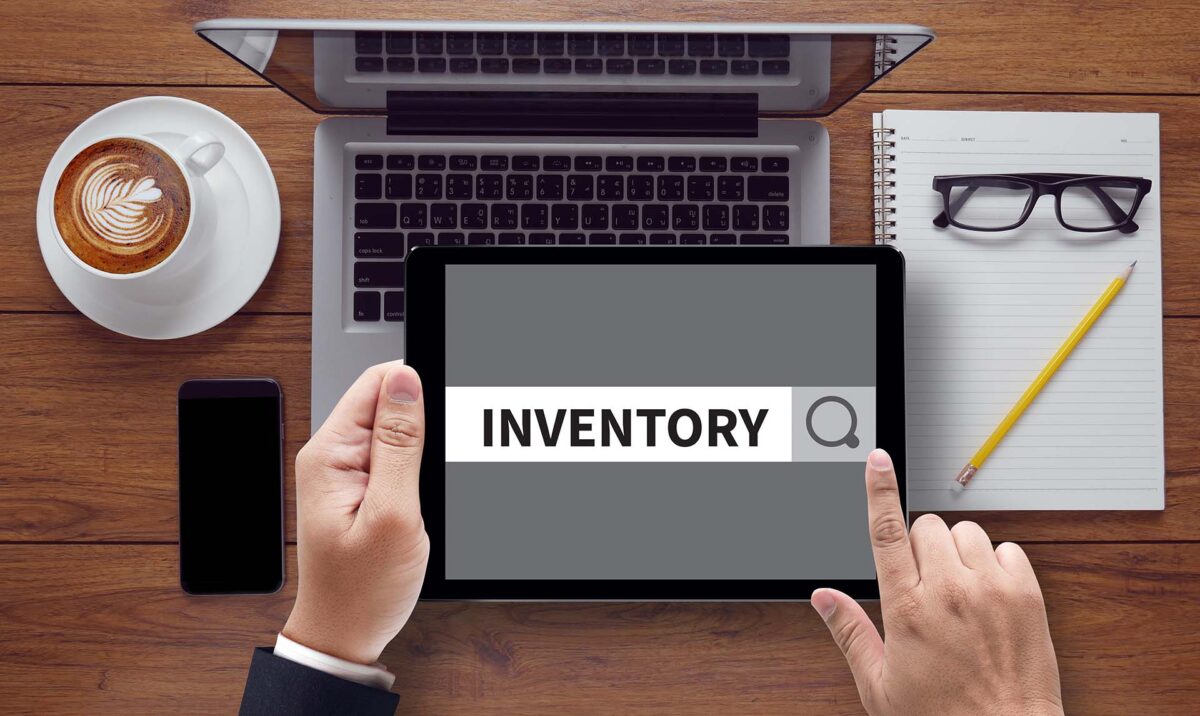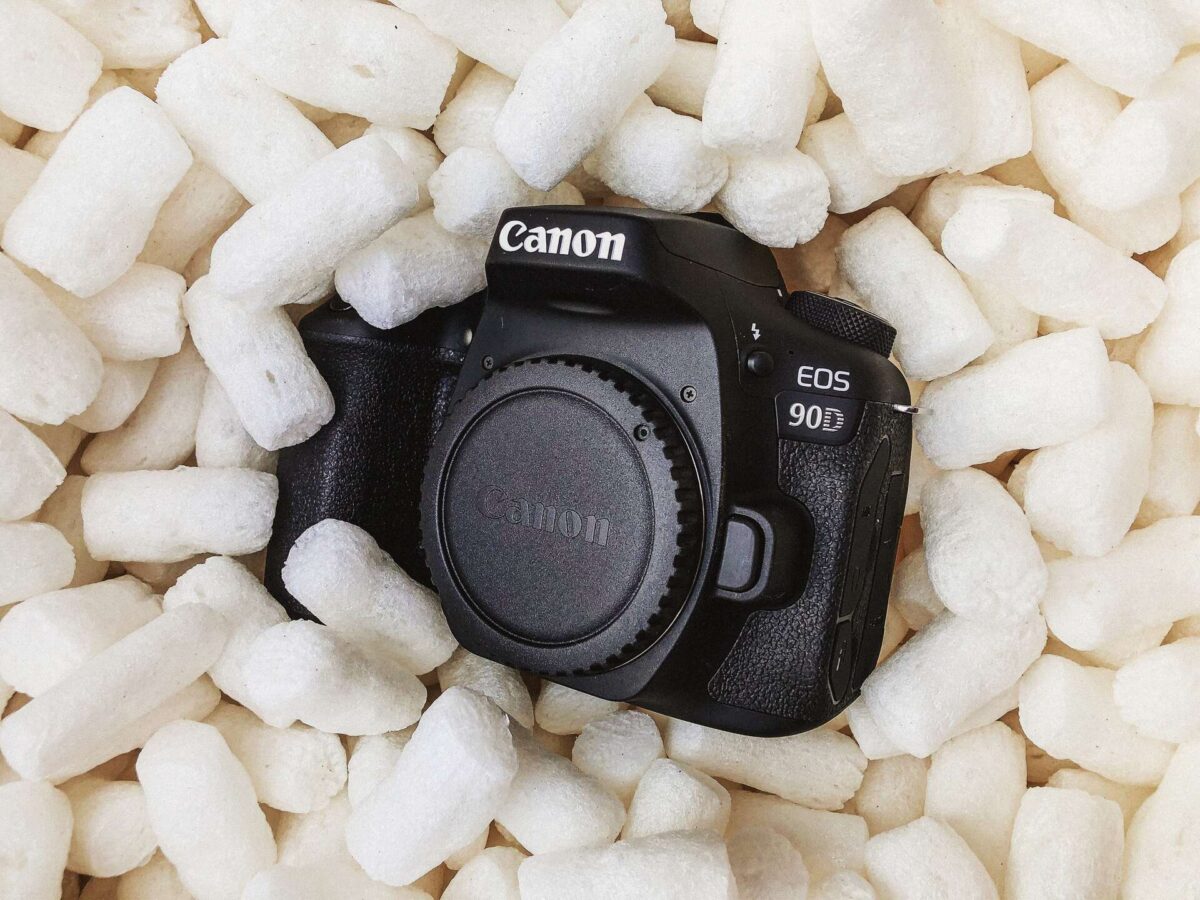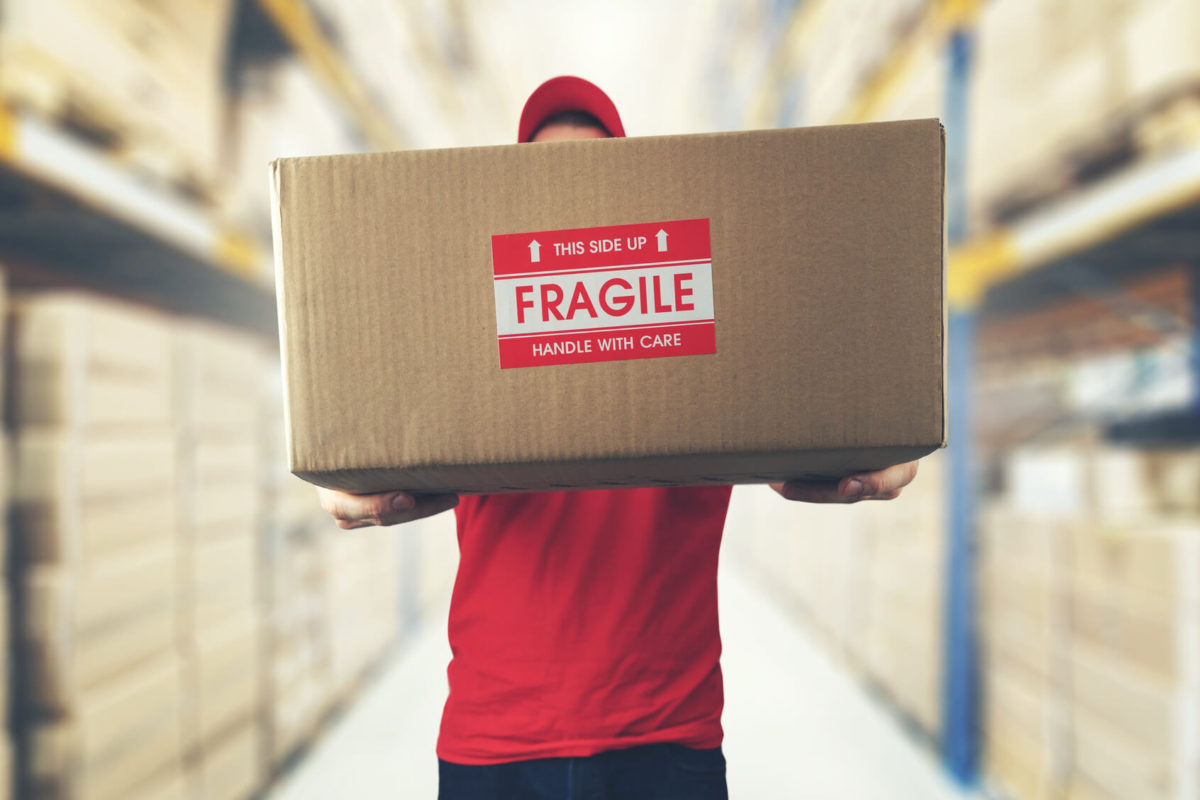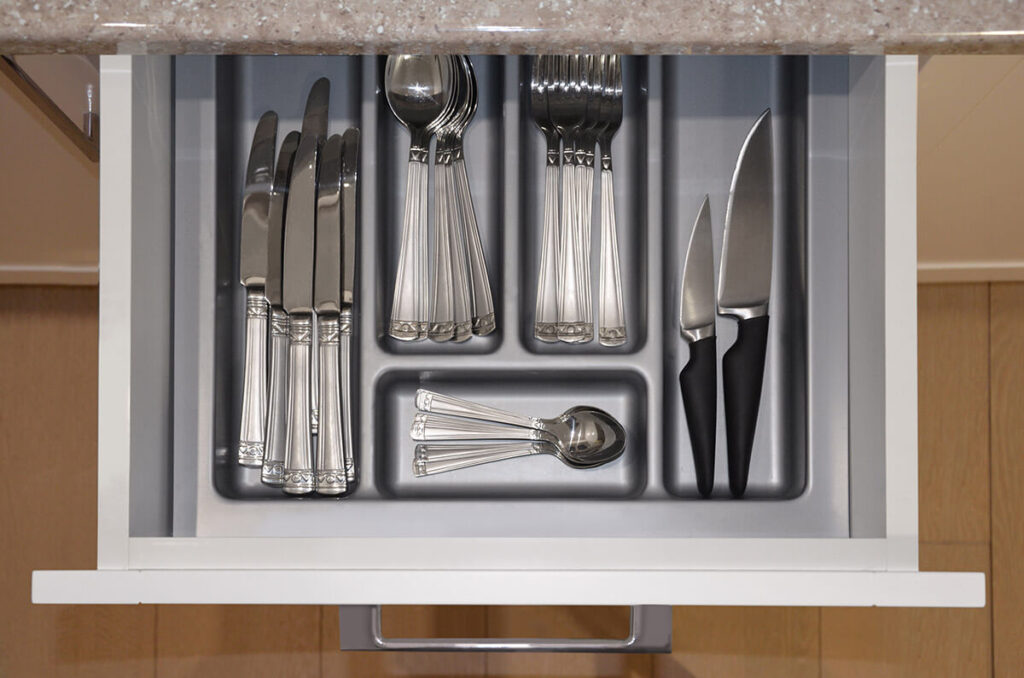Moving internationally can be an exhilarating adventure, but it also presents a myriad of logistical challenges. One essential task that often gets overlooked is figuring out how to do a home inventory before embarking on this life-changing journey. Taking the time to create a comprehensive list of your belongings not only helps ensure that everything arrives safely at your new destination but also provides peace of mind and assists with insurance claims in case of any unfortunate events.


Making an inventory list is crucial before an international move. It helps document belongings, comply with customs regulations, and facilitate insurance claims. Include detailed descriptions, quantities, values, and photos. Utilize tools like apps or spreadsheets. Consider appraisals for valuable items. Safely store and protect the documentation. Take photographs or videos. Handle high-value items with care. With a thorough catalog, you’ll be prepared, organized, and confident throughout the moving process.
Why Should You Know How to Do a Home Inventory
Knowing how to inventory your home is of paramount importance, especially when moving overseas. The benefits of conducting a comprehensive inventory are numerous and extend far beyond simply knowing what you own. Firstly, documenting your belongings serves as a crucial tool for insurance purposes. In the unfortunate event of loss, theft, damage, or other relocation mistakes during the moving process, having a detailed list will facilitate the claims process and ensure that you receive appropriate compensation.
Watch this video to learn more on why it’s so important.
Additionally, when shipping overseas, customs regulations often require a declaration of your belongings. A well-prepared household inventory checklist can help you navigate customs procedures smoothly, avoiding delays and potential penalties.
This helps you make informed decisions about what to keep and take with you and what to leave behind and get rid of, ultimately reducing the cost and logistical challenges of moving abroad. By taking the time to create a thorough list, you can protect your assets, comply with regulations, and make your move across the world more organized and efficient.


Prepare Yourself for the Creation of a Home Inventory
Embarking on a relocation across the world is an exciting endeavor, filled with anticipation and new beginnings. However, it also demands careful planning and organization, particularly when it comes to your belongings. Conducting a home inventory before embarking on this transformative journey is an essential step to ensure a smooth transition. A comprehensive list allows you to document your possessions, protect them during the move, and assist with customs and insurance requirements.
Gather Necessary Supplies for the Inventory Process
Before diving into assessing your belongings, it’s important to gather the necessary supplies to ensure a smooth and efficient move. Start by acquiring a notebook or a clipboard and plenty of blank sheets. You can find printable templates online or create your own, making sure each sheet includes space for item descriptions, values, and any relevant notes.
Additionally, grab a camera or a smartphone with a good-quality camera function to capture visual evidence of your belongings. Remember to have a charger nearby to keep your device powered throughout the process. Lastly, consider having a measuring tape and a flashlight handy to accurately measure and inspect items in hard-to-reach places.
Set Aside Dedicated Time and Create a Plan for Conducting the Inventory
By investing dedicated time and creating a plan, you set yourself up for success and ensure a thorough and efficient process. Start by scheduling a specific block of time solely dedicated to assessing and listing items. Choose a time when you can focus without interruptions, allowing yourself ample hours or even days depending on the size of your home and the number of belongings to be cataloged. It’s helpful to break the process down into manageable sections, such as tackling one room or category at a time, to avoid feeling overwhelmed.
Creating a plan or a relocation checklist will help you stay organized and ensure that you cover all areas of your home. Begin by identifying the different rooms or areas that need to be inventoried, such as the living room, kitchen, bedrooms, storage spaces, and garage. Within each room, establish a systematic approach, starting from one corner and moving methodically throughout the space. It’s advisable to go through each item individually, noting down its description, condition, and any other relevant details, such as purchase date, brand, or serial numbers.
During the process, take photographs or videos of your belongings, focusing on valuable or high-ticket items. These visual records serve as additional evidence and can be immensely helpful for insurance claims or disputes. Remember to capture any existing damage or wear and tear to ensure accurate documentation. As you go through the list, make note of any receipts, appraisals, or important documents related to your belongings. Keep them organized in a separate folder or digital file for easy access when needed.


Step-By-Step Guide to Conducting a Home Inventory
Going through all your belongings can be an overwhelming task, but with a well-defined step-by-step guide, you can tackle it with confidence and efficiency. Creating a comprehensive inventory of your belongings is crucial for various reasons, including insurance purposes, moving preparations, and overall organization. By following a systematic approach, you can ensure that no item goes unnoticed, streamline the process, and gain peace of mind knowing that your valuable possessions are accounted for.
To begin, it’s best to adopt a systematic approach and start with one room at a time. This strategy allows you to focus your attention on each room, ensuring that no items are overlooked or misplaced in the process. Choose a room to begin with, such as the living room or bedroom, and thoroughly go through each item within that space before moving on to the next room. When tackling a room, start by surveying the area and mentally dividing it into sections.
Once you have selected a room to begin with, it’s important to establish a systematic approach to document your items thoroughly. As you go through each item, record detailed descriptions, including the brand, model, and any other relevant information. Note the quantity of each item, especially for items that come in sets or multiples, like cups or glasses.
In addition to written descriptions, it is highly recommended to take clear photographs or videos of each item. Capture multiple angles to provide a comprehensive visual record. This visual documentation serves as crucial evidence in case of damage or loss during the relocation or for insurance purposes. Remember to photograph any unique features, serial numbers, or identifying marks for valuable items.
While documenting your items, make note of any existing damage or wear and tear. It’s important to be thorough and honest in your assessment. This information will help you determine the condition of your belongings before the relocation and can be used as evidence if needed for insurance claims or to avoid disputes during the unpacking process. Additionally, take note of any special instructions for packing or handling fragile items to ensure they are properly cared for during transportation.
To streamline the process, consider utilizing technology tools such as home inventory apps or software. These tools provide a convenient and efficient way to catalog your belongings. Many apps allow you to create digital lists, add descriptions, values, and even attach photos directly from your smartphone or computer. They often offer categorization options, allowing you to organize your items by room or type, making it easier to locate specific items later. Some apps also provide features like barcode scanning to quickly input information for items with barcodes.
Organize and Catalog the Home Inventory
After successfully completing the task of documenting your belongings, the next crucial step is to organize and catalog the information you have gathered. By organizing your belongings in a systematic and accessible manner, you can easily locate and reference your belongings when needed. In this section, we will explore different methods for listing your items, the importance of maintaining a detailed and categorized list, and tips for organizing supporting documentation such as receipts or warranties.
Handling Special Items and Valuables
When conducting a home inventory, it’s crucial to pay special attention to valuable or sentimental items. Properly documenting and protecting these items is of utmost importance to ensure their safe relocation and accurately assess their value. These could include:
- Jewelry,
- Antiques,
- Artwork,
- Collectibles,
- Family heirlooms.
To document valuable items, provide detailed descriptions that include relevant information such as the item’s origin, age, materials, and any distinguishing features. Take clear and high-resolution photographs from different angles, capturing any unique markings or signatures. It is also advisable to keep copies of any appraisals, certificates of authenticity, or receipts that verify the value or provenance of these items.
To protect valuable belongings during the relocation, consider using specialized packing materials, such as padded or custom-made crates, to ensure their safety. Fragile items may require additional measures, such as bubble wrap or foam padding, to prevent damage. Label these items clearly as “fragile” to alert the movers and ensure they handle them with care.
In the case of high-value items, it is recommended to obtain professional appraisals or valuations. This will help determine their accurate market value, which is essential for insurance purposes and any potential claims. An appraisal can also serve as documentation in case of loss or damage during the relocation. Keep a copy of the appraisal with your home inventory, and consider storing an additional copy in a safe or secure digital location.
When it comes to insuring valuable belongings during the relocation, explore options such as additional moving insurance coverage or special riders for high-value items. Consult with your insurance provider to understand the extent of coverage during the relocation and consider obtaining transit insurance to protect your valuables against unforeseen events such as theft, loss, or damage during transportation.


Hire International Movers to Do the Heavy Lifting Instead of You
When planning a move across the world, one of the smartest decisions you can make is to hire professional international movers. A professional overseas shipping company has the knowledge, experience, and resources to handle the complexities and challenges of international relocation, allowing you to focus on other important aspects of your move.
By entrusting the heavy lifting to professional movers, you can ensure the safe and efficient transportation of your belongings, giving you peace of mind throughout the entire process. From packing services and loading to customs regulations and logistics, international movers have the expertise to navigate the intricacies of international moves, minimizing relocation stress and maximizing the success of your relocation.
Their professional overseas moving services not only save you time and effort but also mitigate the risks associated with transporting your belongings across long distances and unfamiliar territories. So, consider hiring an international moving company to handle the heavy lifting and transport your belongings safely, either by sea or air freight, allowing you to embark on your adventure to your new home with confidence. Just make sure to check if the company is licensed on sites like the Better Business Bureau.


Learn How to Do a Home Inventory and Relocation Won’t Seem So Scary
Learning how to categorize your belongings can be a transformative step in reducing the fear and apprehension often associated with relocation. A thorough inventory not only streamlines the moving process but also provides peace of mind, as you have a comprehensive record of your possessions for insurance purposes and customs regulations. By embracing this valuable skill, the daunting aspects of relocation are diminished, and you can embark on your new journey with clarity and ease.
And if you really want to make your move easier, make sure to contact us at Sunset International Shipping and let our overseas moving company take care of everything.
FAQ
It’s important before an international relocation because it helps document and protect your belongings, facilitates insurance claims, and assists with customs regulations.
It helps with customs regulations by providing a detailed list of your belongings, which can be used to declare items and comply with customs requirements.
It should include a thorough list of all your belongings, including descriptions, quantities, values, and any relevant details such as purchase dates or serial numbers.
The list should be as detailed as possible, including specific descriptions and values of items, to ensure accuracy and ease of reference.
There are various tools and software available, such as apps or spreadsheet templates, that can help you create and organize your catalog efficiently.
Including the value of each item is recommended as it helps with insurance claims and provides a clear record of the worth of your belongings.
For items without receipts or proof of purchase, you can document them by providing detailed descriptions, approximate values, and any other relevant information you have about their acquisition.
Yes, there may be specific customs requirements for certain items, such as firearms, perishable goods, or restricted items. It is important to research and comply with the customs regulations of the destination country.
To ensure accuracy, carefully document each item, double-check descriptions and values, and consider taking photographs or videos as visual evidence.
Taking photographs or videos of your belongings is highly recommended, as visual evidence can be useful for insurance claims and verifying the condition of items.
Items of high value or special importance should be documented separately, providing detailed descriptions, appraisals or valuations, and photographs to ensure their proper protection and handling.
Getting appraisals or valuations for valuable items is advisable, as it helps determine their accurate worth for insurance purposes and provides documentation in case of loss or damage.
Store your documentation in a secure location, such as a digital cloud storage or a physical folder, and consider keeping a backup copy. Protect it from damage or loss during the relocation.
Yes, it can be used for insurance purposes during the relocation. It serves as evidence of your belongings and their value, assisting in the claims process if any loss or damage occurs.
Translating your home inventory into the destination country’s language can have several relocation benefits, especially when dealing with customs authorities or insurance providers who may require important documents in the local language.







